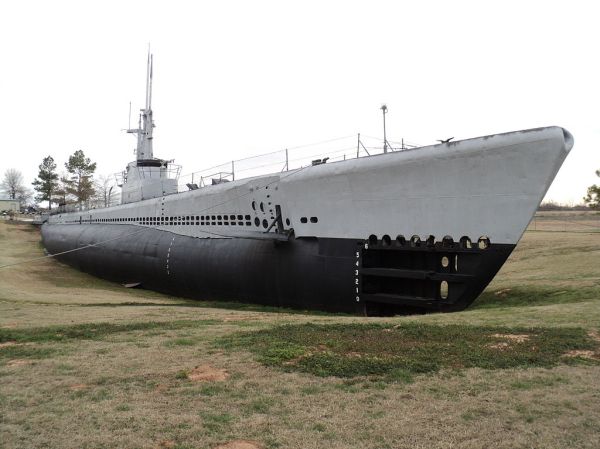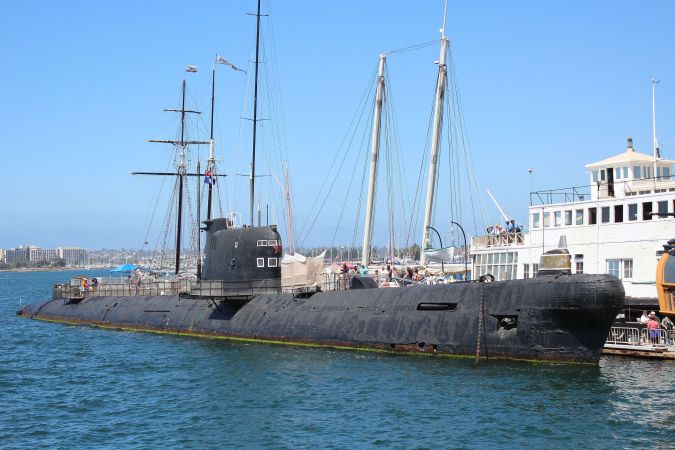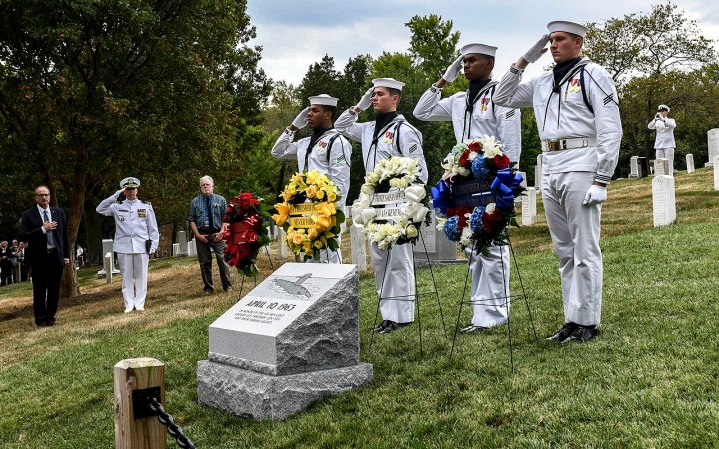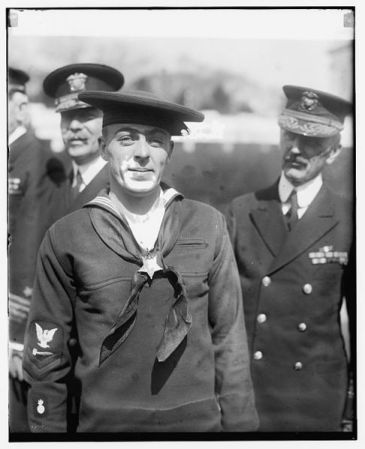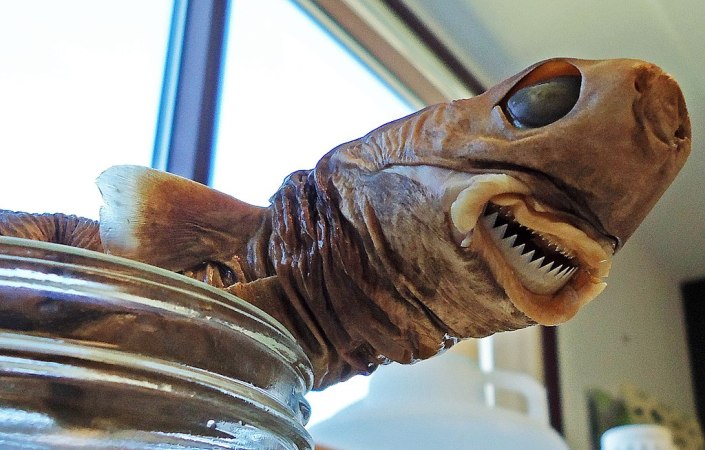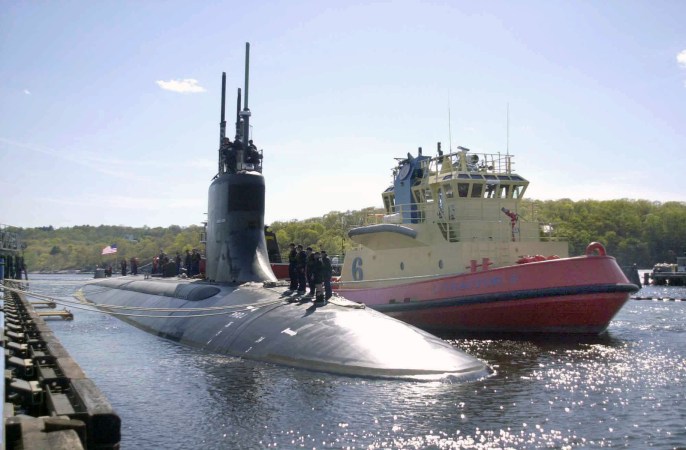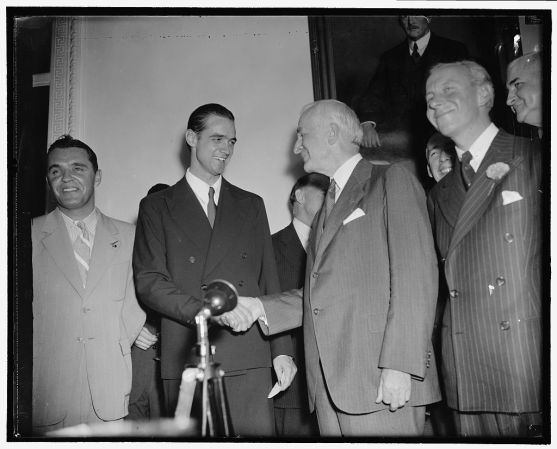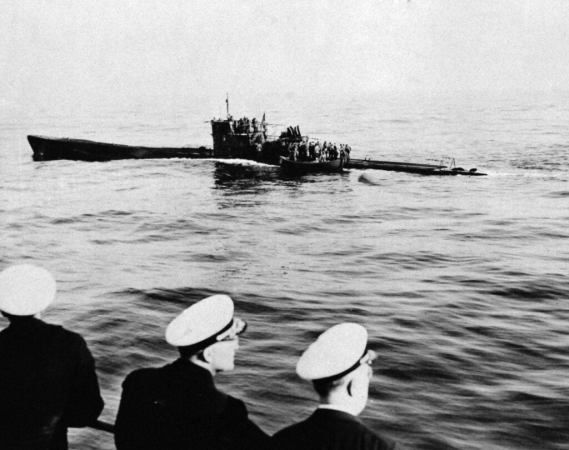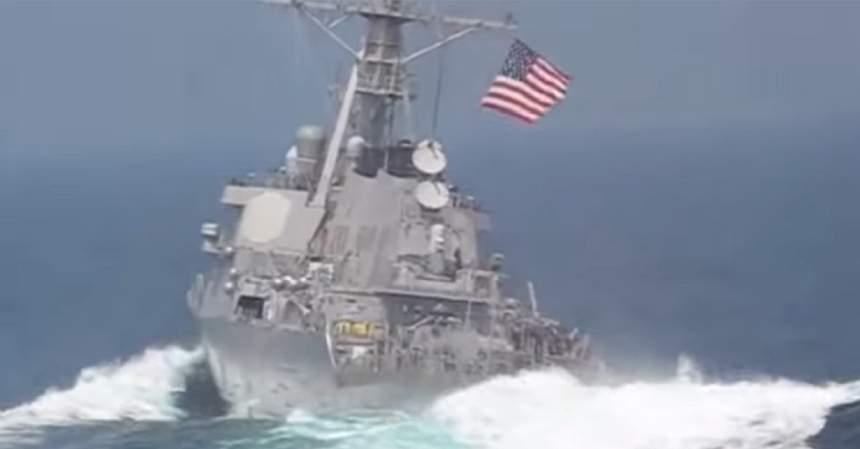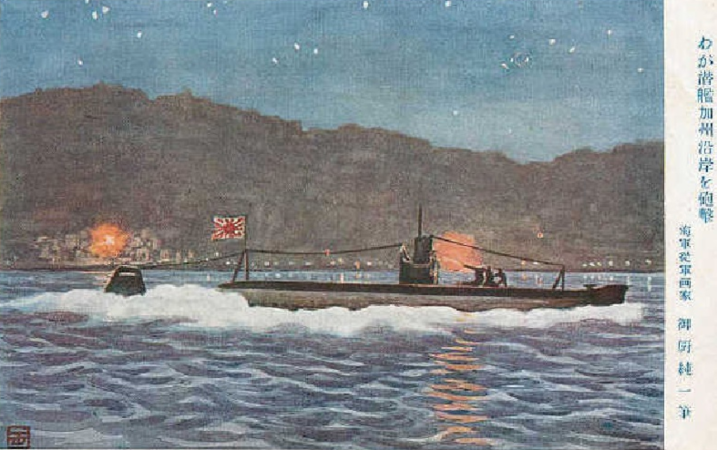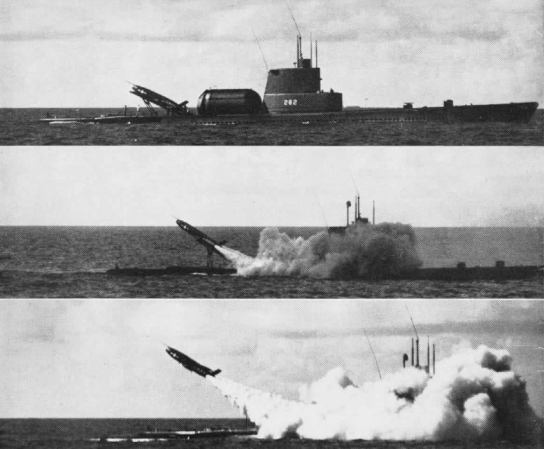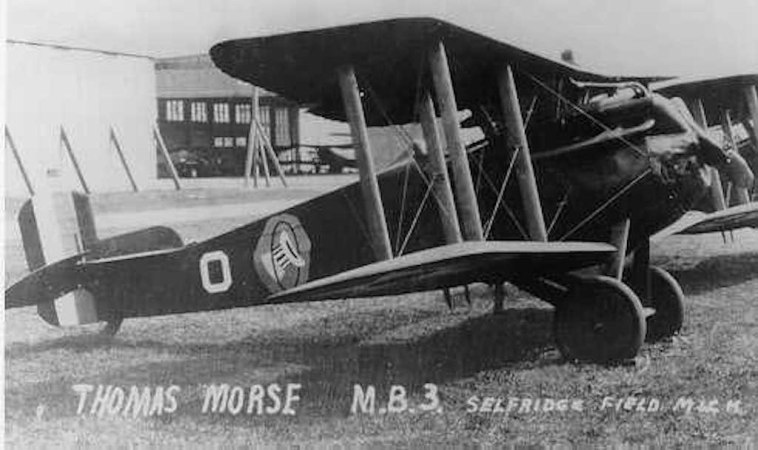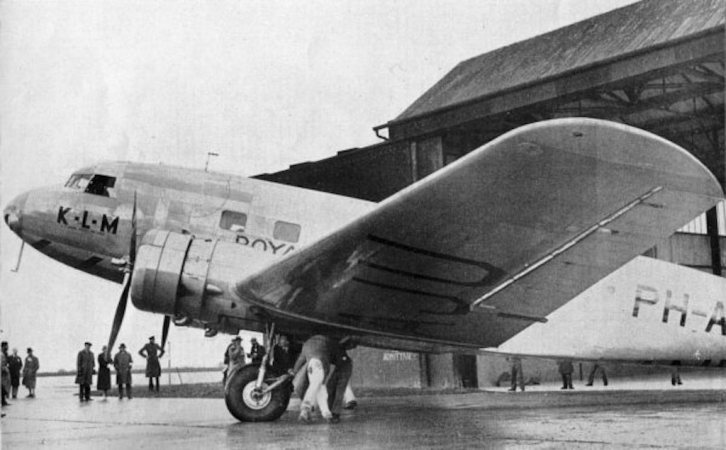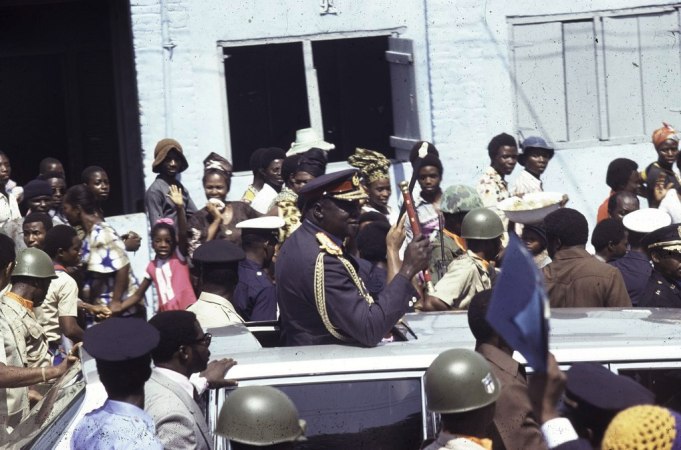Manitowoc, Wisconsin, is one of countless “hidden gems” across America, a small town with a picturesque perch on the shores of Lake Michigan. In fact, driving down a street, one gets the feeling the place might just be a seafaring village in Maine. Cranes wade in the surf just yards from downtown. Tasty restaurants, yesteryear churches and antique shops complete the picture.
What many don’t know realize is Manitowoc has a history of aiding this country in World War II in a singular way, one that sounds initially hard to believe. Geography and all, you know.
As Nazi Germany gobbled up much of Western Europe in the first couple years of the war, its naval brass refined what would become a feared and lethal weapon: the U-boat. These metal tubes glided silently through the North Atlantic, firing torpedoes at Allied ships with deadly abandon. By 1944, almost 3,000 ships (175 warships and 2,825 merchant ships) were sent to the bottom. There were even reports of U-boats off America’s eastern coast.

Likewise, Japanese submarines harassed the U.S. Navy, including, of course, at Pearl Harbor. Late in the war, the U.S.S. Indianapolis transported components for the two nuclear bombs dropped on Japan, to the island of Tinian. Soon after, Japanese sub I-58 sunk the Indianapolis.
The U.S. military wasn’t going to stand for that.
The country’s own naval chiefs already had key installations, such as the Portsmouth Naval Shipyard in Maine. American power soon matched and exceeded that which had made Germany and Japan feared sub builders.
Tiny Manitowoc was also selected as a sub-building station. If you look at a map, the immediate question comes to mind: How did they get the finished submarines to, you know, the oceans?
The subs built in Manitowoc were known as Freshwater Submarines, due to their construction in the freshwater port. In all, 28 were constructed, with 25 of them seeing action during the war. Four Manitowoc submarines were lost at sea, USS Robalo, USS Golet, USS Kete and USS Lagarto.
The most compelling element of this story is, how in the heck did they get the Manitowoc subs out to sea? They were closer to Iowa than they were to the Atlantic or the Pacific. It required good old American ingenuity.

The subs were sailed down Lake Michigan, to Chicago. From there, floating dry docks transported the freshwater submarines, utilizing routes with rivers, canals and locks. In short, from Chicago the sea weapons were sent down the Illinois River to the Mississippi River, then on to New Orleans. Most were sent to the Pacific, through the Gulf of Mexico and on to the Panama Canal.
Today, visitors to the Wisconsin Wartime Museum in Manitowoc can learn fascinating details about this miraculous shipbuilding enterprise. At one time, the Manitowoc Shipbuilding Company employed 7,000 people! The 28 submarines came in under-budget at just a little over $5 million. In all, the subs built in Wisconsin sent 132 Japanese ships to the bottom.
Originally, the management of the shipbuilding company proposed producing destroyers, but the Navy came up with the idea of submarines for the quaint little Wisconsin hamlet. Using the grit and dedication that earmarked the American war effort, the Manitowoc team finished the first submarine a staggering 7.5 months before the delivery date!
One sub that wasn’t built there was donated by the US Navy to the museum and visitors can tour the USS Cobia.
It is all a reminder that American ingenuity helped greatly in winning a war forced on it by vicious enemies. Manitowoc can proudly take its place as a key component in the drive to defeat the Axis military machine.
A shipbuilding paradise far removed from the coasts, Manitowoc took its place in military lore…straight from the America heartland.


